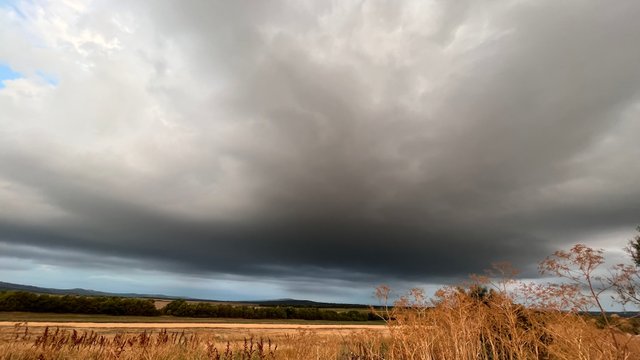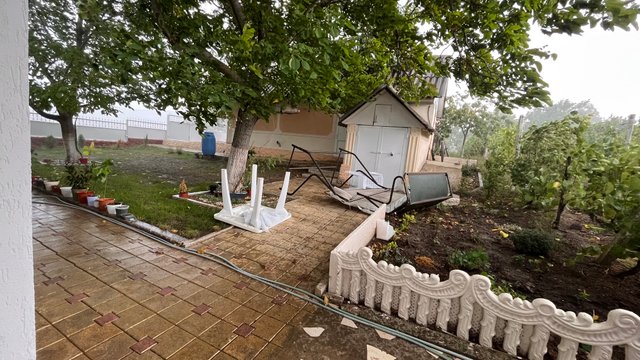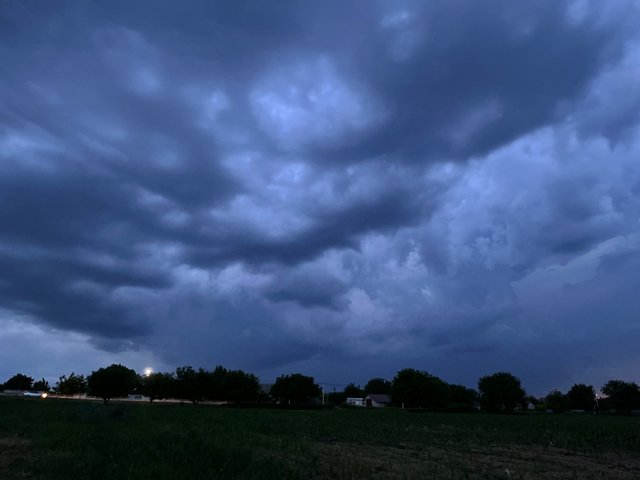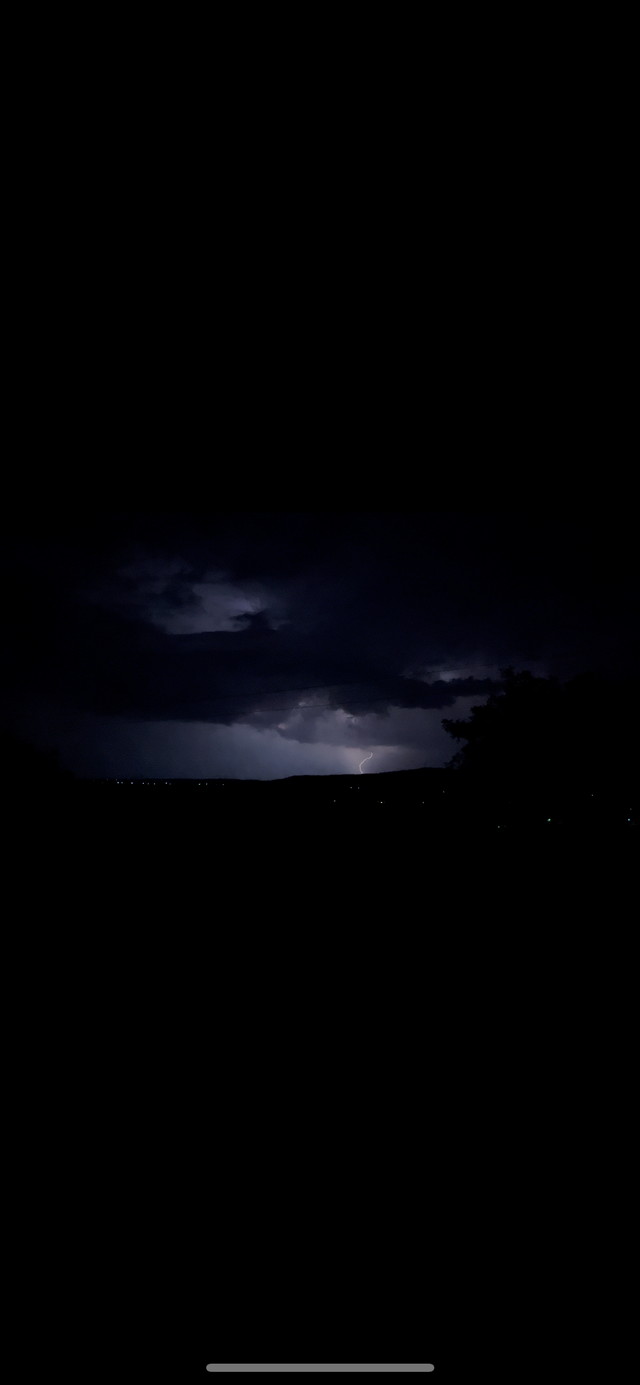Hello dear friends and Beautiful People.
I want to share with You some knowledge that I achieved since I started the Environment department of Geography University.
What is a storm?

Storms are based on two elements: moisture and warm air. They usually start to form on summer days, when the high temperature warms the soil. The warm, moist air in the immediate vicinity of the ground is less dense than the cooler, drier air above, so it tends to rise into the atmosphere.
As the air rises, the water vapor begins to cool and condense into water droplets, causing a cloud to form. Droplet condensation is an exothermic reaction, the resulting heat contributing to the creation of a strong updraft.

After about 30 minutes from the condensation of water droplets, a cloud is formed, called cumulonimbus, which can rise into the atmosphere at altitudes of up to 10 km. Beyond this altitude, the temperature no longer decreases with height, meaning that the air mass is no longer pushed by the updraft. Instead, the cloud changes its configuration, producing the anvil shape typical of storm clouds.
As more water vapor condenses inside the cloud, the water droplets grow by coalescence. In addition, ice particles form in the colder upper parts of the cloud. Once water droplets and ice particles are heavy enough, they begin to fall as rain or hail. This generates a vertical current of cold air, which causes strong winds at ground level, as well as a drop in temperature.

Meanwhile, collisions between ice crystals and water droplets inside the cloud cause electrons to dislodge from the structure of the water droplets and smaller ice crystals, and they are transferred to the larger ice particles.
As the heavier, negatively charged particles descend towards the lower part of the cloud, the positively charged particles gather towards the upper part. Charges of the opposite sign accumulate in these areas, which create a voltage ("potential difference"). If the potential difference is large enough, it can discharge in what is known as "intra-cloud" #lightning.

Also, the negatively charged lower part of the cloud exerts a repulsive force on the ground electrons, where a positive charge is created. The potential difference created in this case can discharge as "cloud-to-ground" lightning. The rapid heating and expansion of the air around this discharge causes the characteristic sound of thunder that accompanies lightning.

Downvoting a post can decrease pending rewards and make it less visible. Common reasons:
Submit